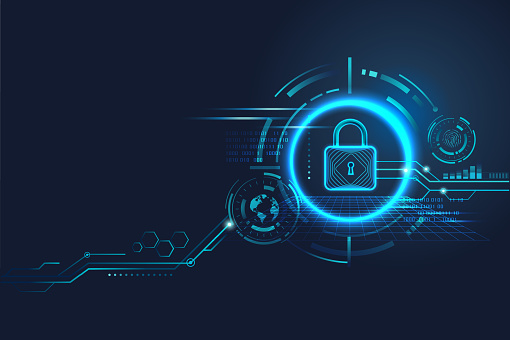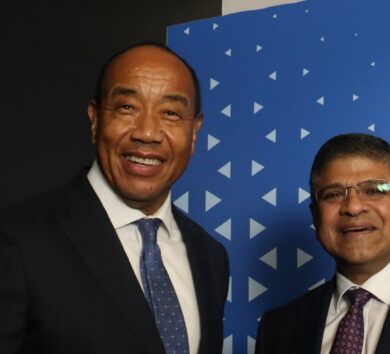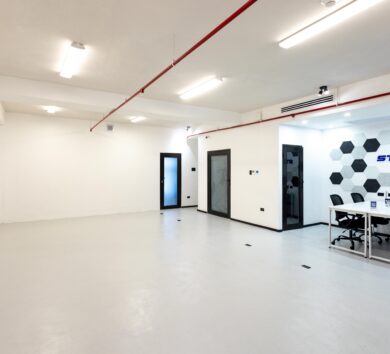

As artificial intelligence (AI) continues to revolutionise industries, it has also become a tool for cybercriminals.
Threat actors are leveraging AI to enhance the sophistication of their attacks, from automating data theft to crafting more convincing phishing attempts. In response to these rising threats, Derek Manky, Chief Security Strategist & VP of Global Threat Intelligence at FortiGuard Labs, advises businesses to take decisive action to strengthen their cybersecurity posture.
“AI is a double-edged sword. While it brings immense benefits, it’s also enabling cybercriminals to scale their attacks faster and more effectively than ever before,” said Manky. “Organisations need to move quickly to adapt and implement comprehensive strategies to defend against this new wave of AI-driven threats.”

To protect against these threats, it’s crucial for organisations to build a culture of cybersecurity that extends beyond the IT department. Every employee should be aware of the risks and understand the role they play in maintaining security. Leadership must ensure that this culture is reinforced through regular training, awareness programs, and simulations that test employees’ ability to recognize and respond to emerging threats.
Employee education is more important than ever. Cybercriminals are increasingly using AI to generate higher volumes of attacks, including phishing schemes that are harder to detect. Ongoing cybersecurity training should be a key component of every organisation’s risk management strategy. Companies that already have training programmes in place should reassess and update them regularly to reflect the evolving threat landscape. For organisations that have not yet implemented such initiatives, there are SaaS-based solutions available that provide customizable training, such as Fortinet’s Security Awareness and Training Service.

In today’s threat environment, the question is not if a breach will happen but when. Developing and regularly updating cybersecurity processes is critical for mitigating risk. A continuous threat exposure management programme can help businesses evaluate their existing defences and identify potential vulnerabilities before they are exploited. These periodic checks ensure the right people, processes, and technologies are in place to safeguard the organisation.
Manky emphasised the importance of proactive defence measures, stating, “Cybersecurity is no longer a static effort—it requires continuous evaluation and improvement. Adopting technologies like multi-factor authentication and zero-trust network access can significantly reduce the risk of breaches, but these must be combined with regular software patching and a strong culture of awareness.”
Given that more than 80% of data breaches involve stolen or brute-forced credentials, implementing multi-factor authentication (MFA) and zero-trust network access (ZTNA) is essential. MFA requires users to authenticate their identity in multiple ways, significantly reducing the risk of unauthorised access even if credentials are compromised. ZTNA further enhances security by restricting access to sensitive information through encrypted tunnels and monitoring users’ activity in real time.

Another critical step in defending against cyberattacks is the regular patching of software and applications. Failing to apply security patches remains one of the leading causes of breaches. FortiGuard Labs’ Global Threat Landscape Report found that in nearly 90% of cases, known vulnerabilities were exploited, and a patch was available. To mitigate this risk, organisations should establish a reliable patch management process to ensure updates are implemented promptly and consistently. AI technologies can even help automate routine patching tasks, streamlining the process.
As AI-powered attacks grow in scale and complexity, a coordinated response is essential. Organisations must focus on education, collaboration, and the adoption of advanced security measures like MFA and ZTNA to defend their digital assets. Above all, cybersecurity should be a shared responsibility, with every employee playing an active role in protecting the organisation from cybercrime.







Comments